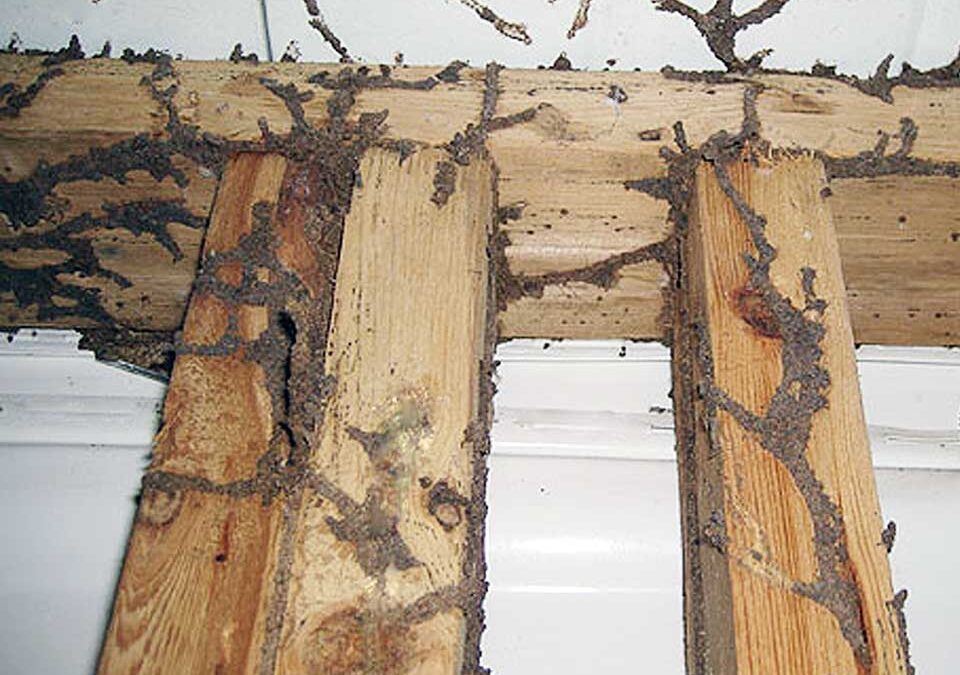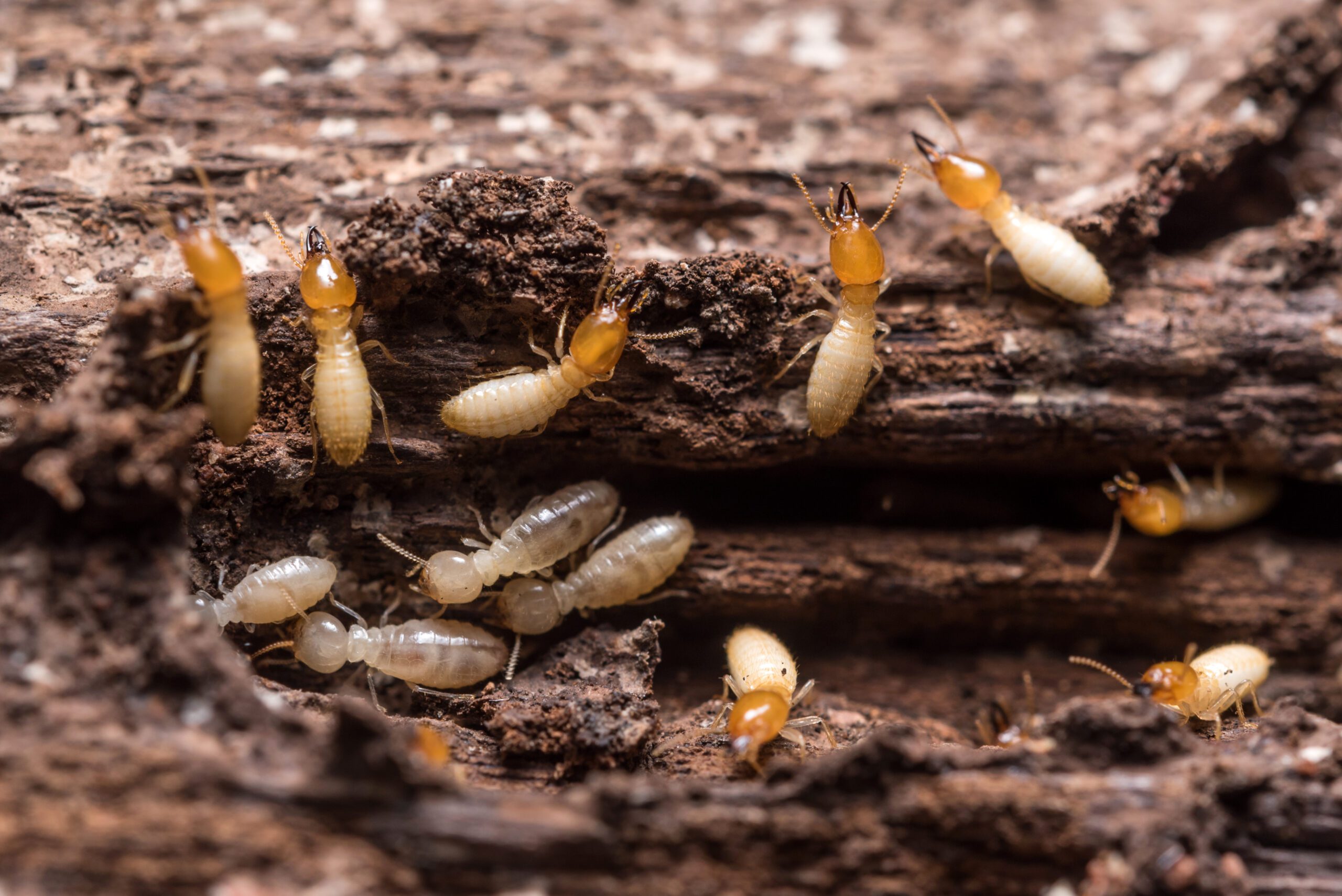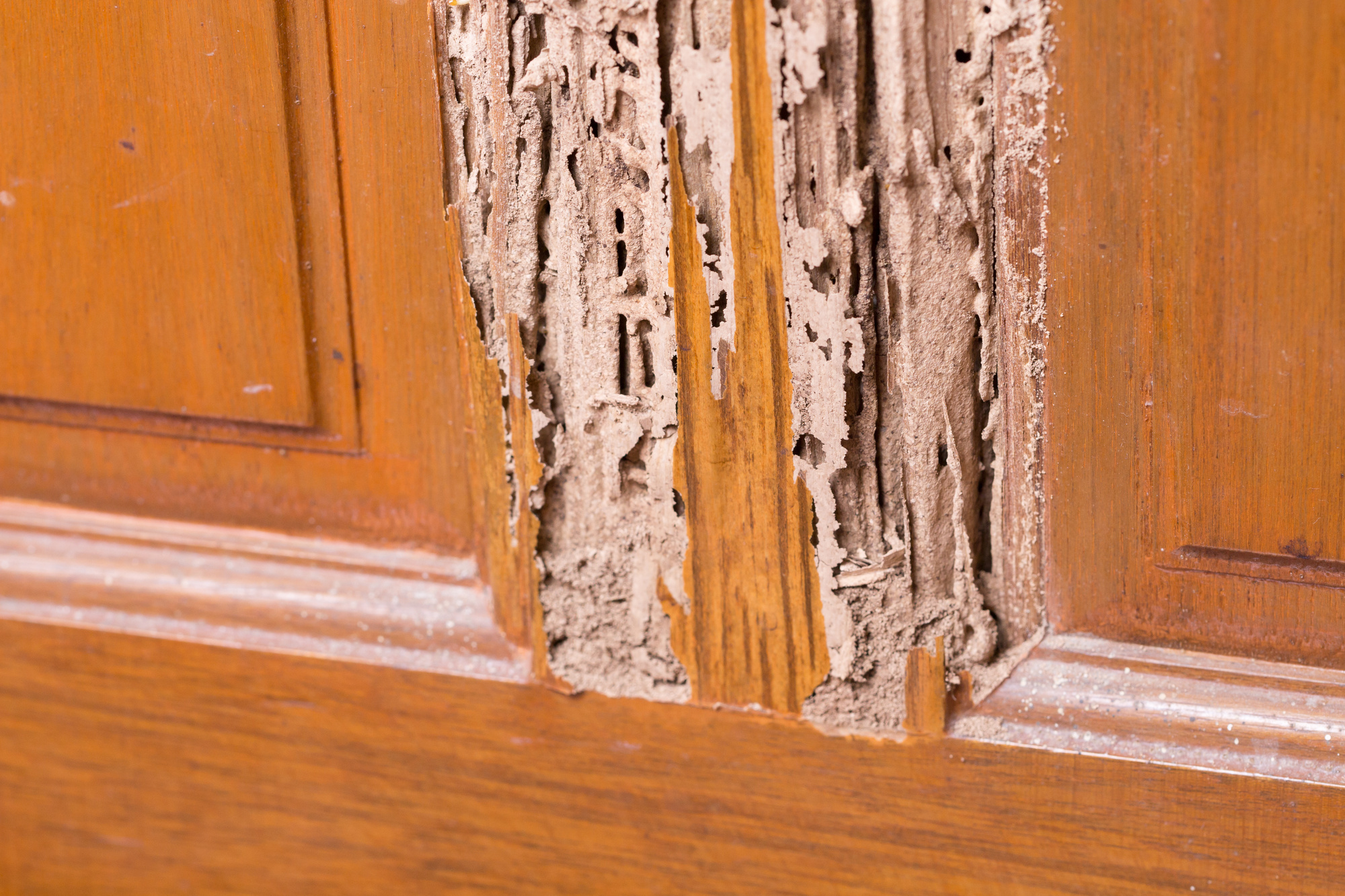Termite Treatments in Florida
Exterminator Services for Boynton Beach, Lake Worth, Lake Worth Beach
Termites are a serious concern for property owners in Florida. They feed on wood from the inside, often going unnoticed until the damage is already extensive. In places like Boynton Beach and the Lake Worth area, with its growing communities and mild climate, termites can thrive year round. From small homes to commercial buildings, any wooden structure is at risk if not monitored regularly. Below, you will discover why Florida’s environment benefits termites, how to recognize the first signs of an infestation, and the reasons professional termite treatments in Florida using a termite exterminator are essential. You will also learn how to prevent new colonies from taking hold after they are removed.
Why Termites Multiply in Florida
- Warm Temperatures
Florida does not get prolonged cold winters that might slow termite breeding. This mild weather lets them remain active, feeding on wood in hidden spaces throughout most of the year. - High Moisture
Humidity helps termites stay hydrated and maintain the damp environment they need to build mud tunnels. Wet soil or leaks in the house can attract certain termite species, allowing them to enter more easily. - Easy Access to Wood
Many properties use wooden materials for framing, decks, or fencing. If these items make contact with the ground or are not sealed properly, subterranean termites can tunnel into them unnoticed. - Increased Movement of Goods
Florida sees constant shipping and relocations, so drywood termites sometimes arrive inside wood furniture or crates. Once indoors, they spread if no one notices.
Key Signs of a Termite Infestation
- Mud Tubes
Subterranean termites build small, muddy tubes along foundations or walls. These tubes protect them from air exposure while they search for wood. - Discarded Wings
When termites swarm to create new colonies, they shed their wings. Piles of clear or translucent wings near windowsills often point to an active termite presence. - Hollow Sounding Wood
Termites eat wood from the inside out, leaving a thin outside layer. Tapping a beam or floor that sounds hollow suggests termite damage. - Small Droppings or Pellets
Drywood termites leave behind tiny pellets (frass) near the wood they eat. These can appear like small grains of sand on windowsills or floors. - Bubbling or Distorted Paint
When termites tunnel near a surface, paint or wallpaper may bubble or appear uneven. Some owners mistake this for water damage until a closer check confirms termites.
If you see any of these issues in Boynton Beach, Lake Worth, or Lake Worth Beach, contacting an exterminator for termite solutions quickly helps avoid bigger repair costs.

Why Termites Cause Harm
- Structural Weakening
By eating the inside of wood beams, termites compromise load bearing supports over time. Extensive colonies can undermine floors, frames, or decks. - Possible Financial Loss
Replacing termite damaged areas is expensive, especially if floors or entire sections must be rebuilt. Early detection reduces how much wood must be replaced. - Reduced Property Value
Unresolved termite problems may concern potential buyers or investors. Disclosing termite damage might result in a lower resale price or deter buyers. - Health and Stress Concerns
Though termites do not commonly spread illness, living with them causes anxiety about unseen damage. Businesses worry about closures or customer reactions if termites are found.
Why You Need a Termite Exterminator
Basic sprays or local treatments can kill a few visible termites, but entire colonies might remain in hidden ground nests or deep within wooden structures. Subterranean and drywood termites need different treatments. A termite exterminator identifies the species, targets nests or colonies at their source, and uses specialized methods like soil treatments or fumigation to remove eggs and adults. They also advise owners on preventing moisture buildup or other conditions that let termites return.
Our Termite Treatments in Florida
- Comprehensive Inspection
We begin by examining foundations, attics, or anywhere wood meets soil. Spotting mud tubes, wings, or frass determines whether the termites are subterranean or drywood. We also check for moisture problems that encourage colonies. - Chosen Methods
Depending on the infestation, we may trench and apply termiticide around foundations, install bait stations that worker termites bring back to the colony, or use fumigation if drywood termites infest multiple beams. Each plan is tailored to the structure’s needs. - Safety and Precision
Residents might need to temporarily vacate if large scale fumigation is used. For soil or localized treatments, they can remain at home after the product dries. We explain occupant steps, like sealing cracks and fixing leaks, to stop renewed infestations. - Follow Up
Termites can attempt a comeback if new gaps form or if leftover moisture is not fixed. We recommend annual checks or occupant vigilance to catch early signs of swarmers or mud tubes.

Termite Challenges in Boynton Beach
Boynton Beach’s growing residential areas and proximity to water can attract subterranean termites looking for damp soil and easy wood access. If you have wooden fences, decks, or landscaping timbers touching the ground, these might be entry points. We begin by applying a soil barrier around the perimeter, then examine wooden structures for hidden damage. For moisture problems like leaks or pooling water near walls, we advise fixing them fast. Combining occupant steps with our targeted removal keeps new colonies from moving in.
Lake Worth and Lake Worth Beach
Lake Worth and Lake Worth Beach share Florida’s mild climate, letting termites remain active through many months. Subterranean termites move through soil to feed on foundation wood, while drywood termites might hitchhike in wooden items or swarm into roof eaves. Our termite exterminator steps start by finding mud tubes or frass piles. If large scale drywood activity is discovered, tenting (fumigation) might be the thorough fix. If subterranean termites are the culprits, soil treatments or bait stations break the colony’s cycle. Owners are then encouraged to monitor wood surfaces and keep yard debris away from exterior walls.

How to Keep Termites Out Longer
- Avoid Wood to Ground Contact
Raise wooden posts or deck parts above soil. Use concrete footers or metal anchors to separate them from direct ground contact. - Fix Moisture Problems
Termites thrive in dampness. Stop leaks in pipes, fix roof drips, and ensure gutters direct water away from foundations. A drier environment is less appealing to termites. - Seal Entry Points
Caulk cracks around windows or doors and patch holes in siding. Subterranean termites enter through small openings that lead to wooden frames. - Remove Dead Wood
If you have old stumps, rotting fence posts, or scrap wood near the house, clear them. Termites can start a colony there and later move into the home. - Regular Inspections
Professional checks each year or two catch termites before large scale damage occurs. Even if you see no evidence, these hidden pests can quietly eat wood from the inside.
Contact Us to Defeat Termites
Do you suspect termites from mud tubes, hollow sounding wood, or tiny wings on windowsills? Acting fast cuts down on repair costs and stress. Contact us to learn more or schedule your service. Our termite treatments in Florida combine specialized inspections, advanced solutions like soil termiticides or fumigation, and occupant advice on sealing entry holes or controlling moisture. For homes or businesses in Boynton Beach, Lake Worth, or Lake Worth Beach, we tailor each plan to the type of termite and severity of infestation. By removing adult colonies and discouraging reentry, we help protect your property and future budgets.
Staying Termite Free in Florida
Although Florida’s climate helps termites remain active, consistent vigilance and professional methods keep them from undermining your home or workplace. Once you learn to spot early signs (mud tubes, hollow wood, or discarded wings), you can arrange a termite exterminator visit promptly. By mixing occupant habits like sealing cracks, preventing dampness, and clearing dead wood with a targeted removal approach, termites lose access to easy meals and nesting spots. In Boynton Beach or Lake Worth Beach, this balanced strategy protects property values and occupant peace of mind, ensuring termites do not find a place to settle.
